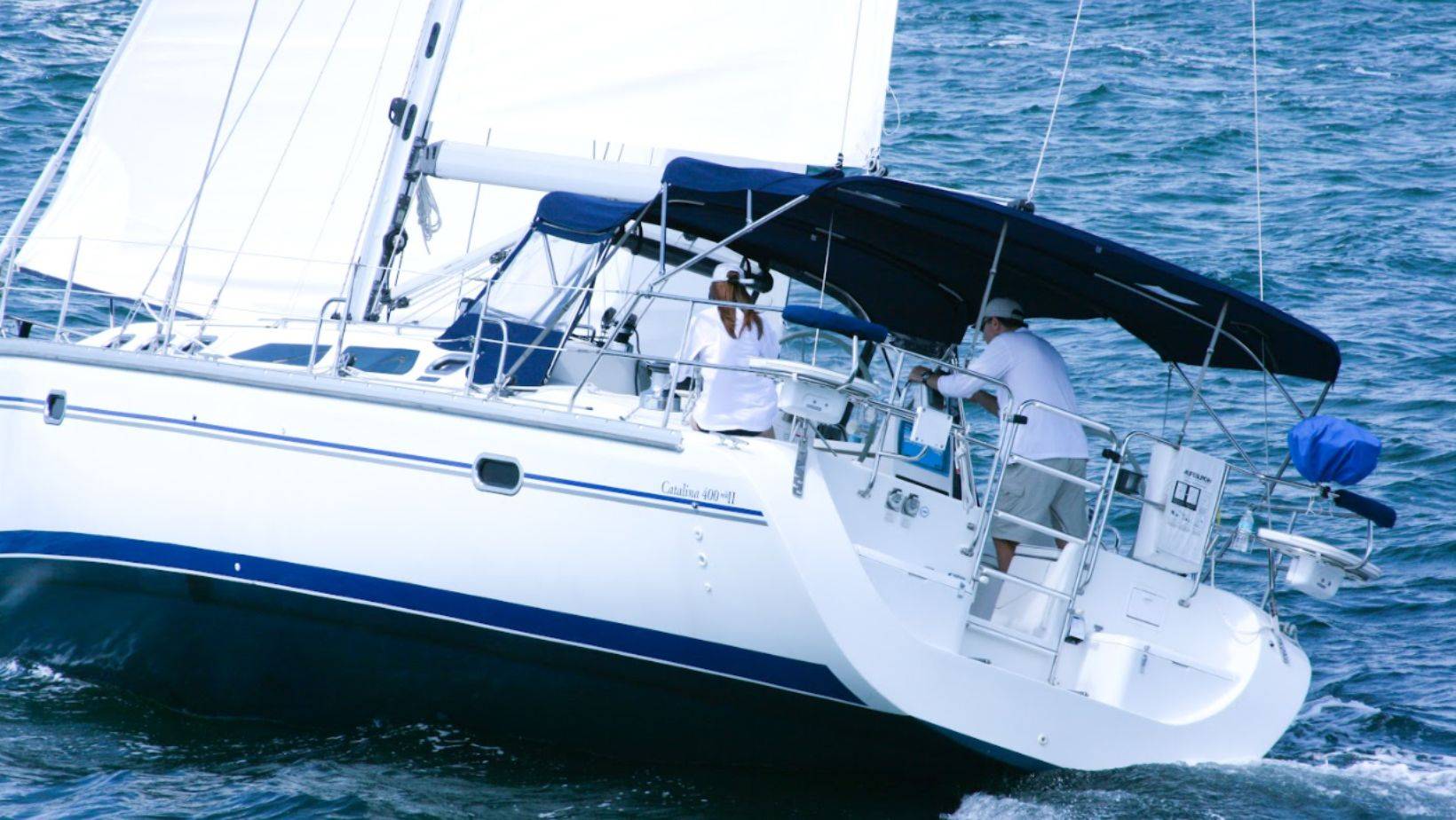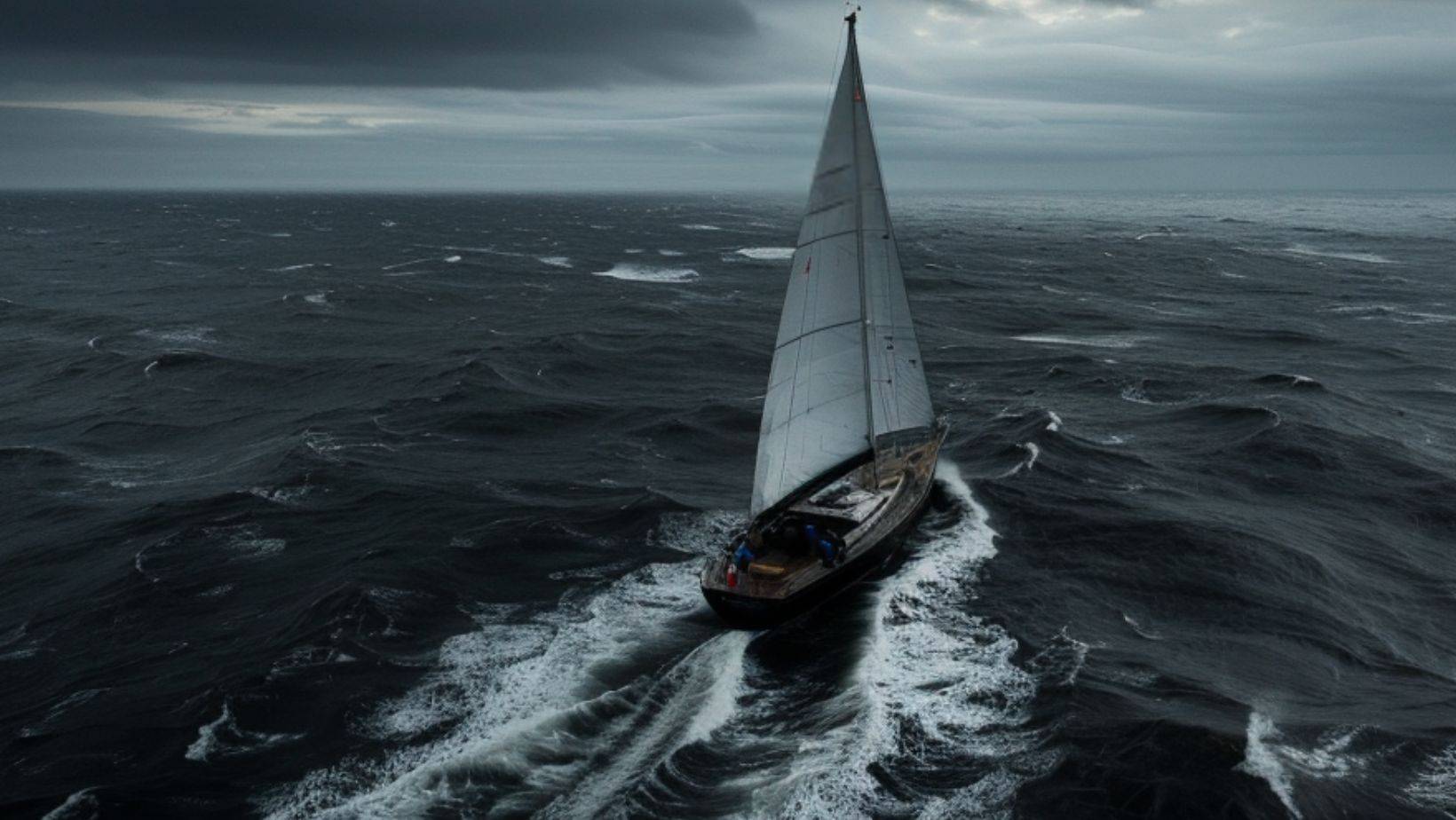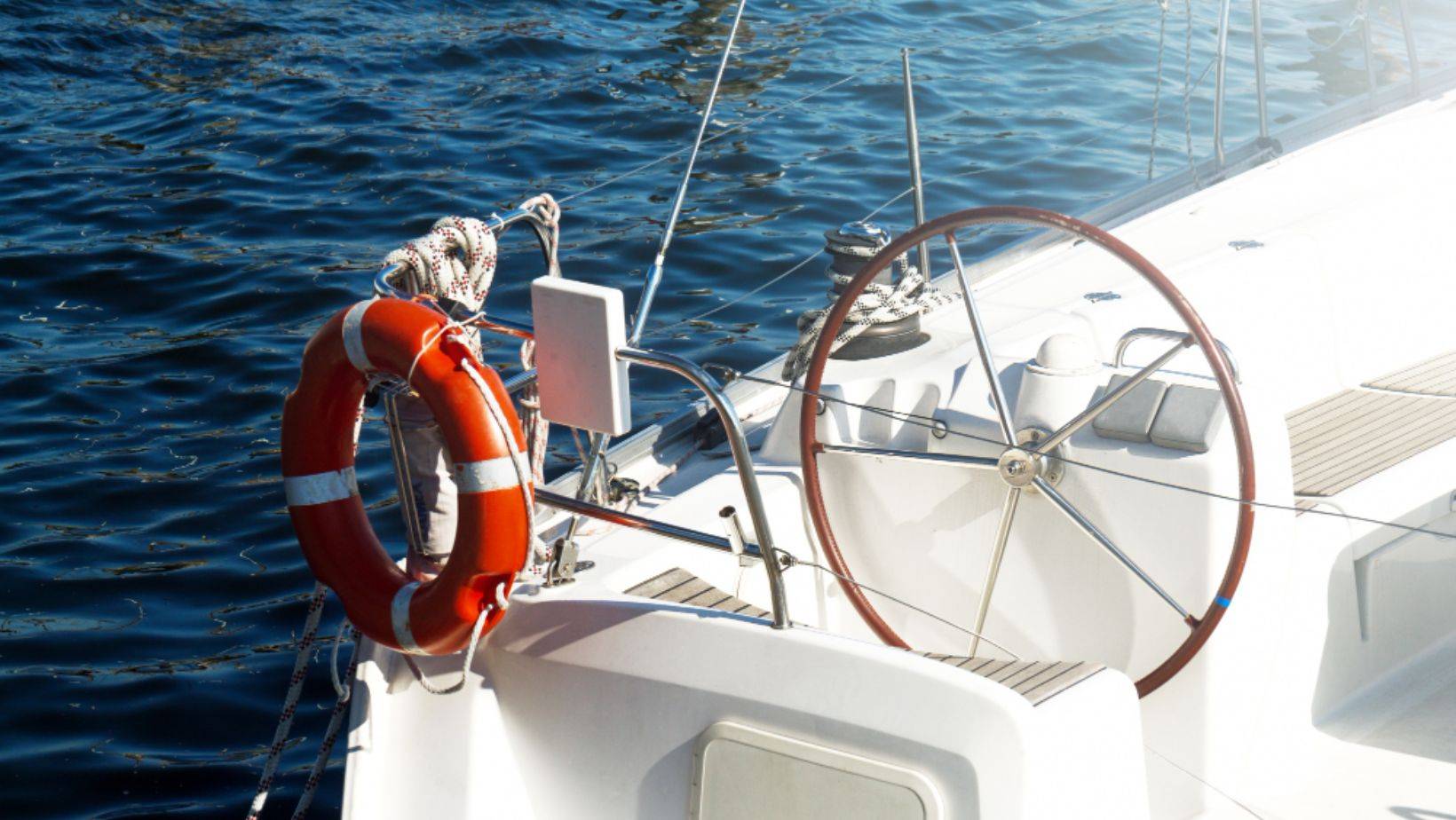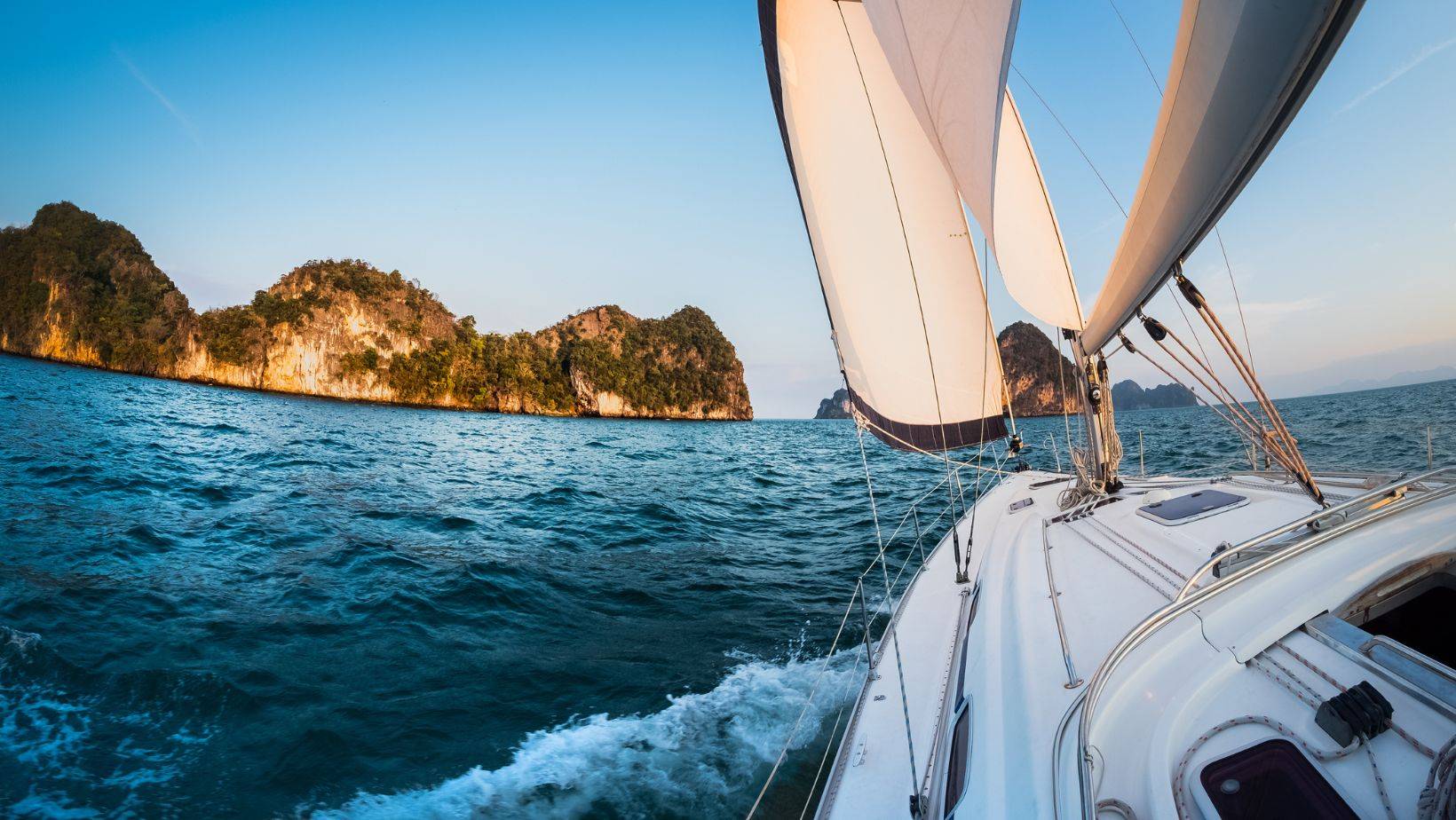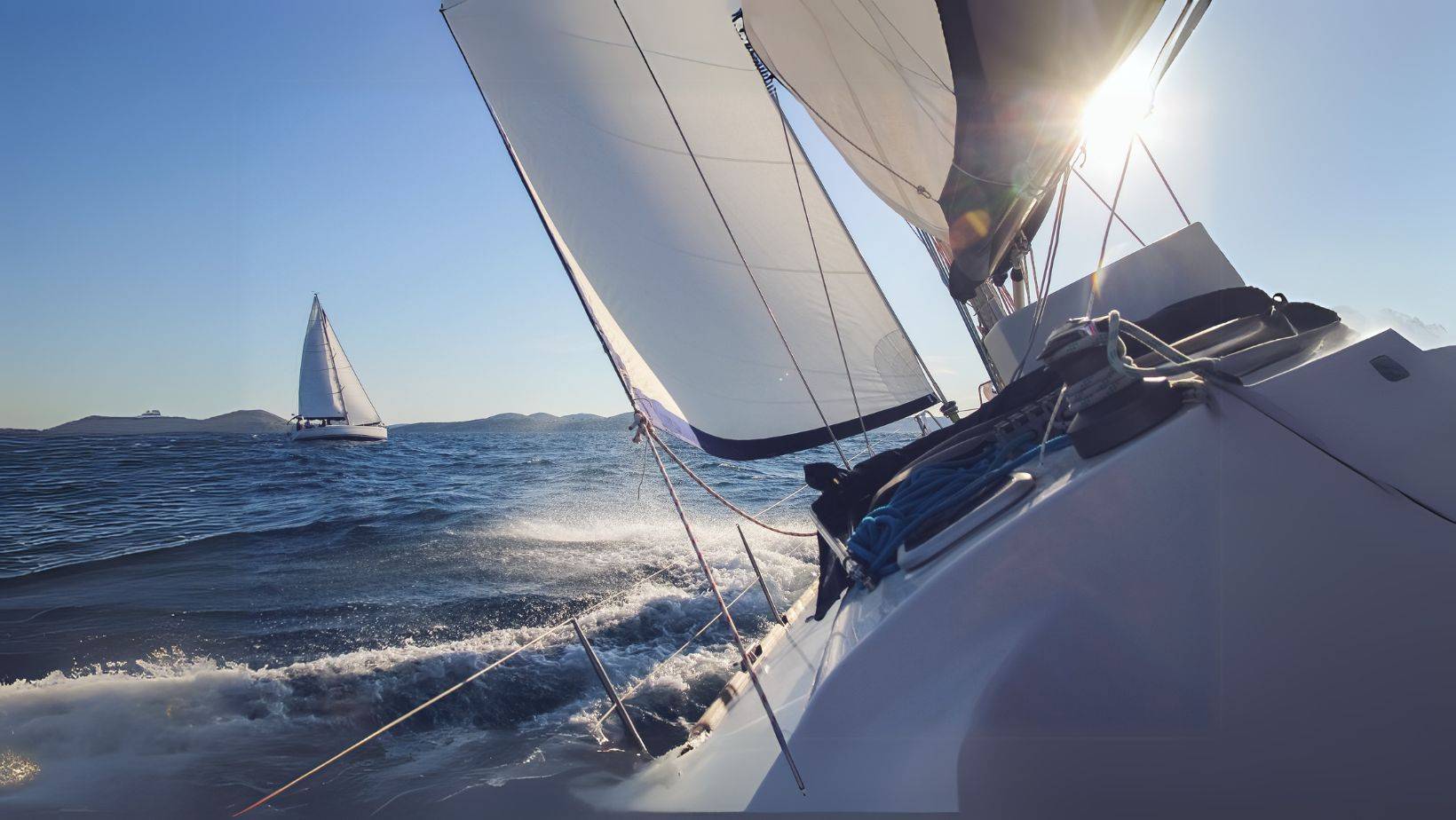Setting out on your first sailing adventure as the captain of a sailboat brings a mix of excitement and anticipation. Whether you’ve recently obtained your ASA certification or are embarking on your inaugural bareboat charter, the key to a successful voyage lies in thorough preparation. This guide is crafted specifically for new captains navigating yachts ranging from 26 to 40 ft. It aims to ensure you’re well-equipped for safety, comfort, and confidence on the water, allowing you to sail smart and prepared.
Clothing Essentials for Comfort and Protection
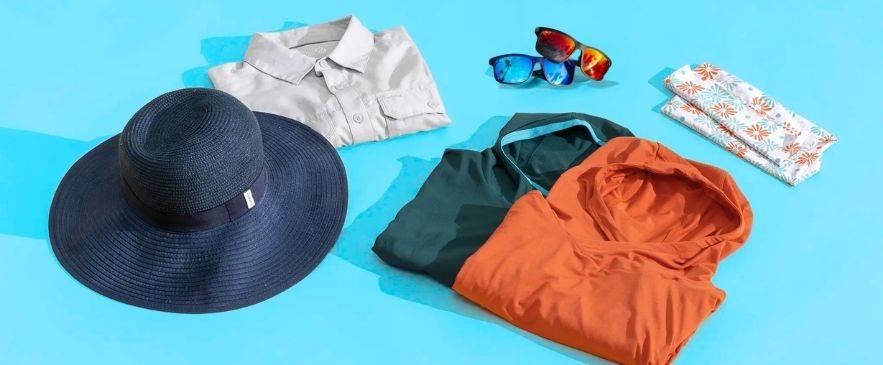
Even in sunny climates like the Caribbean, the temperature on the deck of a sailboat can vary dramatically due to wind and ocean spray. Bring clothing made from quick-dry and ultraviolet-protective fabrics, and avoid cotton, which retains moisture. A long-sleeved shirt and trousers provide protection against sun and mosquito bites, while a lightweight jacket helps you stay warm during sudden rain or night sailing. Don’t forget a change of underwear, a swimsuit, and a sweater for chillier evenings.
Recommended Clothing Items:
- UV-blocking hat or cap
- Non-slip deck shoes with silicon grips
- Wool socks (for cooler nights)
- Waterproof rain jacket or windbreaker
- Wool sweater or fleece for layering
- Swimwear and spare underwear
- Lightweight towel for drying off
Sun Protection Must-Haves
Extended exposure to the sun while sailing can pose significant risks to the skin, leading to painful sunburns and blisters. Sailors are particularly vulnerable due to the reflective properties of water, which can intensify UV radiation. Prolonged time on the water means that the skin is subjected to a higher level of sun exposure than one might experience on land, making effective sun protection an essential aspect of any sailing adventure. To safeguard against harmful rays, it is crucial to pack sunscreen and a lip balm with SPF. These products will help shield sensitive areas such as the neck, lips, and face from sun damage, ensuring that sailors can fully enjoy their time on the water without the discomfort of sunburn.
In addition to sunscreen, thoughtful accessories play a vital role in sun safety during sailing. Polarized sunglasses equipped with straps are an excellent investment, as they minimize glare from the water and reduce the risk of eye strain. The strap ensures that the sunglasses stay securely in place, preventing them from being lost overboard in the brisk sea breeze. Furthermore, incorporating protective headgear, such as a wide-brimmed hat, neck gaiter, or cap, adds an extra layer of defense against the sun’s harsh rays. By taking these precautions, sailors can nurture their skin while enjoying the exhilaration of life at sea, ultimately making their sailing experience safe and enjoyable.
Don’t Leave Without:
- Sunscreen (SPF 30+)
- SPF lip balm
- Polarized sunglasses with strap
- Wide-brimmed sun hat or cap
- Neck gaiter or buff for UV and wind protection
- Reusable water bottle
- Waterproof bag to protect sun care items
Navigation and Safety Gear
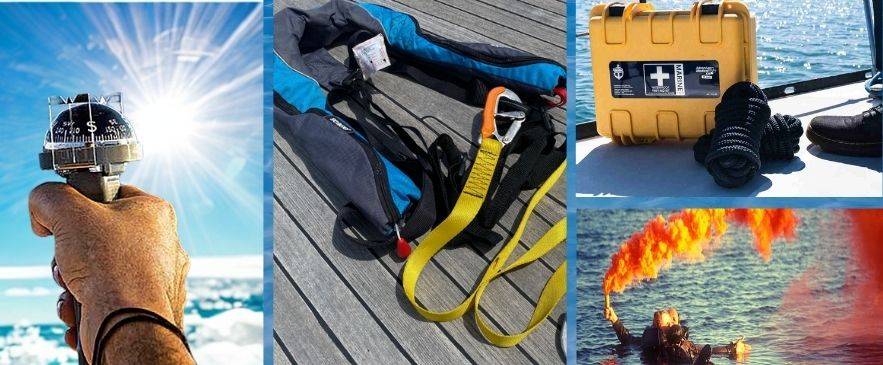
When embarking on a sailing adventure, self-sufficiency becomes paramount for a safe and enjoyable experience. A reliable handheld compass is essential for navigation, especially when out of sight of land or during inclement weather. Additionally, a headlamp and a flashlight, both equipped with backup batteries, are indispensable for low-light conditions that may occur while anchoring or performing nighttime navigational tasks. These tools not only enhance visibility but also help ensure that sailors can manage their vessels effectively, even in diminished lighting.
Safety gear is a crucial aspect of sailing. Wearing a personal flotation device (PFD) or buoyancy aid is not merely advisable; it is essential, particularly when handling a catamaran, dinghy, or monohull yacht. The unpredictability of wind and water can pose risks, making it vital for sailors to be prepared. Moreover, utilizing a safety harness during overnight passages or rough weather can significantly reduce the chances of accidental overboard situations. By prioritizing self-sufficiency and safety equipment, sailors can navigate the waters with greater confidence and focus on the sheer joy of the journey.
Key Safety & Navigation Tools:
- Handheld Compass
- Waterproof flashlight and headlamp (with extra batteries)
- Personal flotation devices (PFD) and buoyancy aids
- Safety harness and tether
- Emergency whistle or signaling device
- First aid kit with blister pads, bandages, medications
- Motion sickness tablets or patches
- VHF radio or handheld transceiver
- Satellite tracker capable of text messaging
- Emergency satellite beacon
- Waterproofed smartphone equipped with GPS and navigation and weather apps
- Day/night distress flares
- Air horn
- Fire extinguishers
- Dry bag for valuables, handheld electronic devices and all portable safety equipment
Personal Tools and Accessories
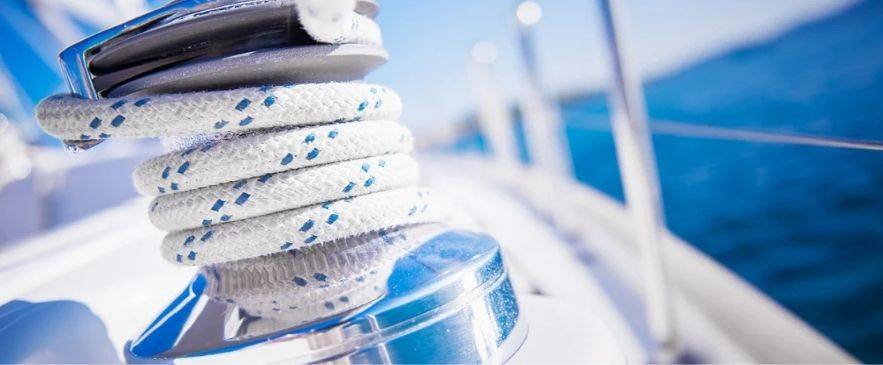
Tools & Extras to Carry:
- Spare parts appropriate for the vessel and passage
- Multi-tool or sailing knife
- Hand tools comonly used aboard
- Spare rigging and shackles
- Camera or GoPro (for capturing the adventure)
- Snorkel, mask, and wetsuit if diving
- Hand pump for inflatables or gear
- Spare batteries and USB charger
- Laminated emergency contact sheet and email addresses
- Notebook and pen
- Binoculars
Toiletries and Personal Care
When spending extended periods at sea, maintaining cleanliness and comfort can significantly enhance the overall sailing experience. Limited space and resources on a boat can make personal hygiene a challenge, but the right approach can facilitate a more enjoyable journey. Compact, travel-sized products are essential for this purpose. These items not only save space but also ensure that sailors can pack efficiently, keeping essential toiletries like soap and shampoo readily accessible without overwhelming limited storage capabilities.
Environmentally-conscious sailing practices have gained popularity, prompting many sailors to choose biodegradable products. By opting for biodegradable soaps, shampoos, and other hygiene essentials, sailors can minimize their environmental footprint while enjoying life at sea. This eco-friendly approach not only aligns with the ethos of many sailors who prioritize sustainability but also helps protect marine ecosystems from harmful substances. Incorporating these compact products and sustainable choices into daily routines can ultimately lead to a more comfortable, hygienic, and responsible sailing experience, allowing sailors to fully appreciate the beauty of the open water.
Suggested Toiletries:
- Mosqito repellant
- Toothbrush and toothpaste (travel size)
- Biodegradable soap and shampoo
- Quick-dry or microfiber towel
- Deodorant (solid or roll-on)
- Razor and shaving cream
- Wet wipes or baby wipes
- Nail clippers and tweezers
- Small mirror
- Hairbrush or comb
- Travel-sized moisturizer or aloe gel
- Compact first-aid ointments (antiseptic, burn relief, anti-itch)
- Feminine hygiene products (if applicable)
- Toilet paper or biodegradable tissues
- Ziplock or waterproof bag for toiletry storage
Hydration & Food Essentials

It is crucial for sailors to prioritize their hydration needs by bringing sufficient drinking water for the entire duration of their cruise. Water is not just essential for quenching thirst; it plays a vital role in overall health and well-being, especially when engaging in physical activities like sailing. To ensure an uninterrupted supply, sailors should calculate their daily water consumption and pack accordingly, taking into account the duration of the trip. Utilizing reusable water bottles not only minimizes waste but also provides an easy way to manage hydration while at sea.
In addition to staying hydrated, sailors must also consider their cooking requirements while onboard. Packing lightweight meals that are easy to prepare not only conserves space but also simplifies food management during the cruise. Basic kitchen tools, such as a portable stove, a few essential utensils, and perhaps a compact cooler with ice for perishables, allow for the preparation of nutritious meals that keep energy levels high. Thoughtful planning in these areas enhances the sailing experience, allowing solo sailors to focus on the adventure ahead without the stress of logistics or nutrition. By following these guidelines, sailors can enjoy a harmonious blend of exploration and self-sufficiency while at sea.
Suggested Food & Water Supplies:
- Drinking water (at least 1.5 liters/day)
- Portable water filter or purification tablets
- Reusable water bottles
- Freeze-dried meals or packaged staples
- Cooking utensils and pots/pans
- Cooler with ice blocks
- Energy bars, dried fruits, and snacks
- Manual can opener and waterproof matches
Emergency & Backup Gear
Additionally, a sailor‘s mindset plays a crucial role in navigating emergencies effectively. Situational awareness, problem-solving skills, and mental fortitude are essential traits that can mean the difference between a manageable situation and a debilitating one. Regular practice through mock drills, familiarizing oneself with the boat’s safety equipment, and keeping navigation skills sharp can significantly enhance a sailor‘s readiness for emergencies. Furthermore, establishing a reliable communication plan is vital; it ensures that help can be summoned if necessary, transforming the solitary journey into a safer venture. Ultimately, being prepared for emergencies not only safeguards the sailor‘s life but also enriches their overall experience.
Be Prepared With:
- Emergency buoy or floating line
- Extra anchor and Mantus-style gear
- Bilge pump (manual and electric)
- Emergency torch and night vision device
- Fire extinguisher
- Boat insurance documentation
- Navigation backup charts
- Extra mooring lines and fenders
What NOT to Bring on Your First Cruise
When it comes to packing for a journey, especially on a boat or any mode of transport where space is at a premium, it is essential to prioritize efficiency and practicality. Heavy or bulky items can quickly consume valuable onboard space, leaving little room for essentials or impeding mobility. Therefore, it is advisable to avoid packing items that are large and cumbersome, as they can not only crowd your space but also create unnecessary challenges while navigating your environment. Opting for lightweight, compact alternatives can enhance your overall experience, allowing for greater freedom of movement and ease of access to your belongings.
Additionally, caution should be taken regarding the types of items brought onboard. Glass containers pose a significant risk due to their fragility, making them ill-suited for environments where movement is inevitable. Similarly, unsecured electronics can lead to damage or loss, as they may easily be tossed about. Furthermore, items that are not waterproof can be rendered useless in the event of exposure to moisture, thus compromising both the integrity and functionality of your gear. Large coolers can take up precious space that could be better utilized with smaller, waterproof containers. By leaving behind unnecessary clothing or fragile items that lack protective cases, travelers can ensure that they carry only what is essential and safe, leading to a more enjoyable and hassle-free adventure.
Skip These Items:
- Hard-sided luggage or large coolers
- Loose or fragile electronics
- Full-size linens or pillows
- Cotton sweatshirts or jeans
- Breakable glassware
- Unnecessary backup clothing
Pro Tip from Captain Russ
Owner and Head Instructor


